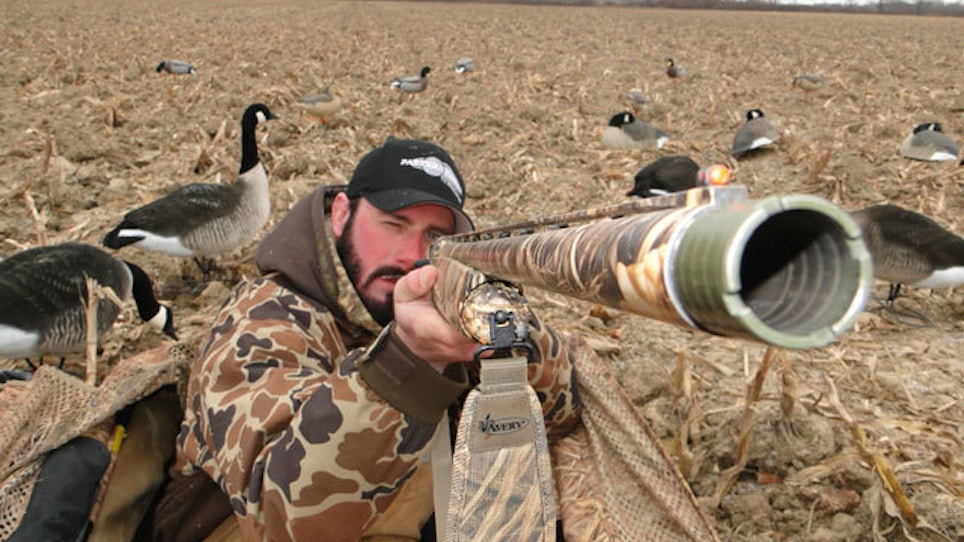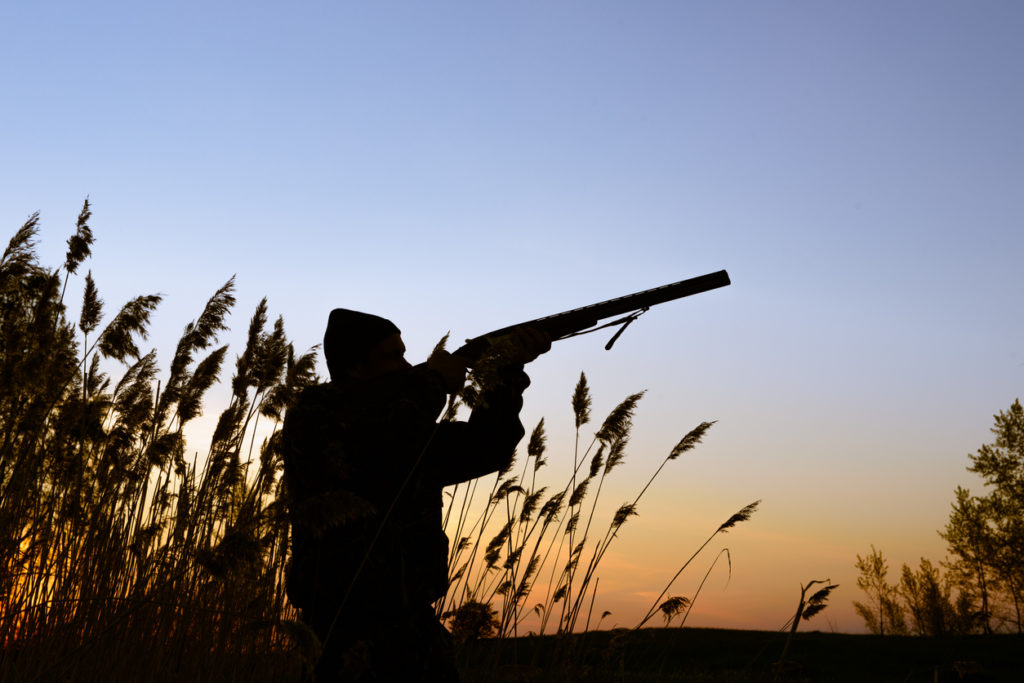Of the dozen or so choke constrictions out there, about half have waterfowling applications. Waterfowlers should familiarize themselves with each and decide which is suitable for their hunting style and conditions.
The 12 most common constrictions are: negative, cylinder, skeet, improved cylinder, light modified, modified, improved modified, light full, full, extra full, super full and super duper full.
Waterfowlers' Favorite Chokes
The remaining six constrictions — improved cylinder (IC), light modified (LM), modified, improved modified (IM), light full (LF) and full — will be of most interest to waterfowlers. The average hunter is likely familiar with IC, modified and full, since many new shotguns come with these three chokes. The other three — LM, IM and LF — might be less familiar, but they are equally waterfowl-worthy.
Improved Cyclinder
In the early days of steel shot, IC and modified were the only two recommended options. Armchair experts have dictated for years that IC is the choke of choice when shooting large steel shot, but in my experience, IC, like skeet, is too open for all but the closest of waterfowling situations. Conversely, a true full choke is often too tight for steel shot usage and is limited to lead shot only, although softer non-toxics, like bismuth, Hevi-Shot Classic Doubles, and Kent Tungsten Matrix, are safe to use in older, fixed, full-choke barrels.
Modified
Modified remains a great all-around choice. In fact, if limited to only one choke, I’d probably choose modified, although LM would be a close second.
Light Modified
Nestled between IC and modified, LM is somewhat of a forgotten constriction, but it’s a highly effective compromise. LM opens up fairly quickly for close-range work, yet maintains sufficient pattern density to be effective out to 40 yards. I’ve even seen some LM tubes that produce denser, more uniform patterns than modified. LM is a great choice for mid-range ducks. In fact, several tubes labeled as “decoy” are actually LM chokes.
Improved Modified
IM is tighter than modified, yet it won’t over-constrict hard non-toxic shot and blow patterns. For Canada geese, IM is my absolute top pick. IC might be fine for honkers hovering over decoys, but IM has enough constriction to put sufficient numbers of pellets on target to cleanly bag birds that skirt the spread. A lot of the IC/large shot rhetoric stems from steel’s early years, when there was a fear of barrel and choke damage, but with today’s protective wads and a host of non-toxic alternatives, IM is a better choice. Also, for high-velocity loads, like the 1,600- and 1,700-fps barnburners common today, IM holds high-speed patterns together enough to be effective without over-constricting and blowing them. I even like IM for ducks, because an IM hit duck usually drops dead. If not, IM is handy for mopping up cripples that fall beyond the decoys on big water.
Light Full
LF is an uncommon but useful choke. Many aftermarket waterfowl chokes listed as full are, in reality, LF in actual constriction. Unlike a true full choke, LF is safe to use with steel and other non-toxics, yet has enough constriction to provide denser patterns at distance. LF is my go-to choke for pass-shooting high-flying snows. Use Bs, BBs, and even BBBs for best results. However, with high-velocity loads, stick with IM, as LF is often too tight and may blow patterns with anything over 1,550 fps.
LM, IM and LF offer more versatility with non-toxic shot than the old IC, modified and full mainstays, and should be included in every fowler’s blind bag.
Non-Waterfowling Chokes
Negative, Cylinder and Skeet
These three are extremely open and usually reserved for clays or very close-range birds, like quail. Negative is more open than the bore. To achieve this, a negative choke tube must extend beyond the muzzle. Cylinder is the same size as the bore. Skeet is just a hair tighter and has very limited waterfowling uses, such as in-your-face decoying ducks or in timber.
Extra Full, Super Full and Super Duper Full
These sizes are limited to turkey or predator hunting. Most turkey chokes are extra full or super full. Super-duper full is a term I coined to describe the tightest of turkey chokes.
What are your favorite chokes to use? Comment below and let us know!







